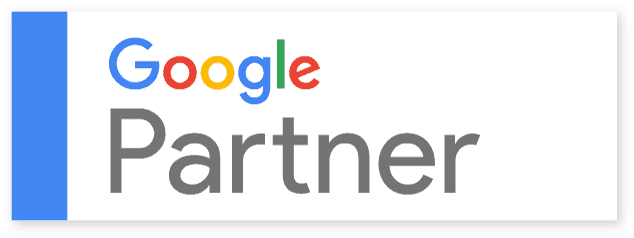Finding the Balance Between Good Writing and Good SEO
Many writing teachers are only able to agree on one thing— consider your audience before you start writing. This rule especially helps fiction. The main character of your successful political intrigue novels shouldn’t suddenly build a time machine to battle the evil emperor Zolbark and his fleet of space-fish. If they even continue to read, you will lose your audience.
Writing is an act of communication with others outside yourself. Writing for yourself is one of the first things a good English teacher will tell you to avoid. A good editor will simply ask you to leave his office if your explanation for the time-traveling secretary of state is “I was writing it for myself, time travel rocks.” Though fiction and traditional non-fiction take up a huge chunk of all writing, technical writing, such as writing an owner’s manual for a mulching lawn-mower, could be considered the other, less popular half. Copywriting for a website though is a whole different monster.
Writing good web copy demands that the author consider not one specific audience, but two—the human reader as well as the computer-controlled reader. These computer readers are bits of software sent out by search engines like Google to “read” your website and determine how high up on the search list it should be placed. While the lawn-mower manual has a single audience always looking for the same thing, a website has a human reader using the reading and scanning habits we’re all used to, and a computer reader that is very different.
Therefore, when writing web copy, it’s a balancing act between writing for search engines and writing for people. If the balance tips towards the human element, search engines won’t rank your site favorably; if the balance tips towards the search engines, the text is extremely awkward. This fine art of maintaining a working balance is what separates a great Search Engine Optimization (SEO) company from a good one. Doing it right can make or break the success of your website getting found and getting results.
Here’s the kicker. Writing for people includes literary devices like descriptive language and metaphors; writing for search engines, however, is like writing for people without knowing what these terms mean since it’s in the best interest of the search engine company to keep their methods of “reading” sites somewhat secret. If anyone knew exactly how the search worked they could throw a wrench in the system by making a non-relevant page seem very relevant.
This increases ranking and web traffic. However, when people see a search engine suggest a page selling prescription medicine when they’re searching for local picture framing, the popular opinion of the engine’s accuracy and quality drops along with the company’s stock price. Stuffing keywords and search terms at the bottom of the page is an outdated method of trying to fool the search engines. Yet you will still see alleged SEO companies doing this.
So here we are in the present world of web design, where designers and copywriters ideally work in conjunction to both create a functional, relevant website and take the right steps to ensure it gets the search engine ranking it deserves.
Of course, it doesn’t always work out. This copywriter, however, has found a good balance in his current position and is thankful to have witnessed such a good example of teamwork towards building a well-balanced website.







